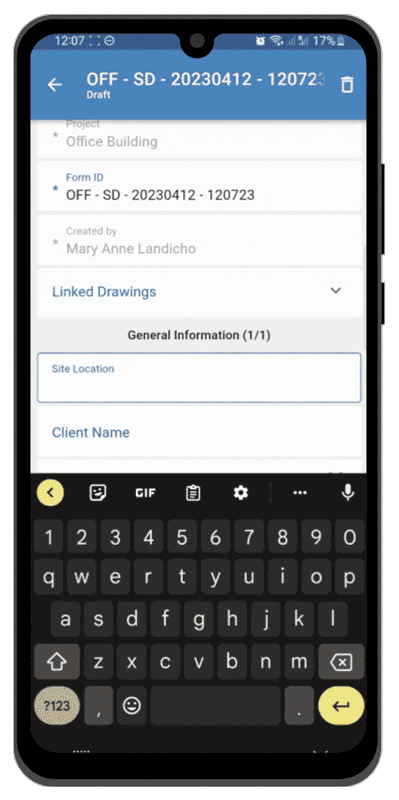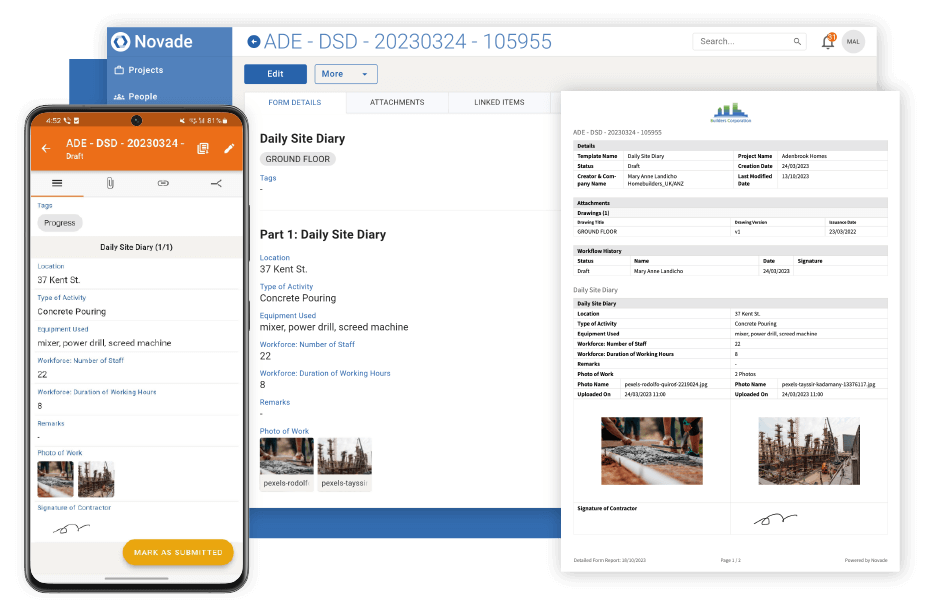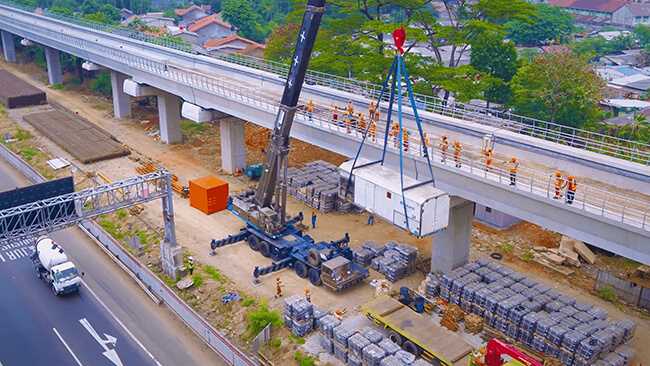Digital site diary: a modern approach for record keeping
Simplify your construction site diary process today.
A daily site diary, often called a daily log, construction report, or site journal, is a crucial document for any project. It serves as a comprehensive and chronological record of all activities, events, and developments that occur on a jobsite. The primary purpose of a daily site diary is to maintain an accurate, detailed, and easily accessible record of the project’s progress, helping project managers and stakeholders make informed decisions, monitor progress, and mitigate risks. A daily site diary also serves as essential legal documents in case of disputes, delays, or incidents. A well-maintained daily site diary can be the difference between a successful project and a failed one.
Traditional daily site diary have been around for decades, consisting mainly of handwritten records and paper-based documents. However, with the increasing adoption of digital technology in the construction industry, digital daily site diary are quickly becoming the norm. Digital diaries offer several advantages over their traditional counterparts, such as improved accuracy, efficiency, and collaboration.
Key components of a daily site diary
Daily activities and progress: Site diaries record essential information on a daily basis, such as tasks completed, delays, and milestones. This keeps stakeholders informed and helps address bottlenecks.
Personnel and workforce: A daily site diary documents workforce details like names, titles, hours worked, and certifications, ensuring compliance with labour laws and tracking labour costs.
Plant and equipment: Documenting equipment usage, model numbers, operating hours, and maintenance schedules helps with resource allocation, cost control, and preventing equipment breakdowns.
Weather conditions and delays: Recording daily weather conditions and weather-related disruptions supports project schedule adjustments and resource management.
Materials delivered and used: Tracking materials delivered, used, and inventory levels is crucial for availability, waste minimisation, and identifying discrepancies.
Health, safety, and environmental observations: Daily site diary should include HSE-related observations by the site manager, such as safety meetings, inspections, and compliance, to maintain a safe work environment and provide evidence during audits or investigations.
Incidents, accidents, and near misses: Documenting incidents, accidents, and near misses in detail helps address potential hazards and improve safety measures.
Visitor log and communications: Maintaining a visitor log ensures that only authorised personnel access the site, enhancing safety and reducing unauthorised access risks.

Benefits of using digital daily site diary
Here are the key benefits of using digital daily site diary:
Improved accuracy and efficiency: Digital daily site diary minimise human errors and streamline documentation, ensuring complete records. They save time on administrative tasks and allow supervisors to focus on site activities. To maximise efficiency, choose a user-friendly digital construction solution with offline capabilities.
Real-time updates and collaboration: Digital daily site diary support real-time updates and seamless collaboration, keeping everyone informed about project progress. This enhanced collaboration can improve decision-making and problem-solving throughout the project lifecycle.
Enhanced data security and storage: Digital daily site diary offer better data security and storage compared to traditional records. They provide regular backups and encryption, protecting sensitive information and saving space for easier organisation.
Easy access and searchability: Digital daily site diary enable easy access to project information and streamlined searching. Team members can locate specific records, filter data, and track trends, supporting informed decision-making and early identification of potential issues.
Exporting data for dashboards and analysis: Select a digital daily site diary solution that allows easy data export to Excel or analytics tools like Power BI or Tableau. Custom dashboards display key performance indicators (KPIs) and metrics, providing a comprehensive overview of project progress site progress and performance.

Transitioning from traditional to digital
Making the transition from traditional paper-based daily site diary to digital ones can be challenging for some organisations. However, by following these best practices, the process can be smooth and efficient:
Gradual implementation: Start by implementing the daily site diary app on smaller projects or specific sections of larger projects. This will allow teams to gain experience and confidence using the new system before expanding its use across the organisation.
Encourage consistency: Once you have successfully deployed digital daily site diary on a few projects, establish guidelines and standards for data entry and formatting to ensure consistency across projects. This will make it easier to analyse and compare data, leading to better insights and decision-making.
Driving adoption: Ensure teams in the field understand the benefits of completing daily site diary and conduct regular on-site checks to verify that data entry is easy for them. Often, collecting the right data depends on external parties, such as suppliers or clients. Involving them in the process can be beneficial.
Best practices for deploying
Small to medium-sized projects: Keeping things simple
For small to medium-sized projects, it’s essential to keep the digital daily site diary as simple and user-friendly as possible. Focus on recording the most critical information, such as daily activities, workforce details, and safety incidents. Avoid over-complicating the system with unnecessary features or customisation, which may deter users from adopting the new platform.
Major projects: It’s all about aggregating data
When working on large-scale projects, the ability to aggregate data from multiple sources becomes increasingly important. Digital daily site diary enable project managers to collect information from various teams and subcontractors, providing a comprehensive overview of the project’s progress. Use digital daily site diary to track project milestones, monitor budgets, and allocate resources effectively.
Focus on tangible benefits: resolving disputes
Digital daily site diary have proven to be invaluable in resolving disputes and providing evidence in legal cases. By maintaining a detailed and accurate digital daily site diary, organisations can quickly access and present relevant information to support their claims or defend against allegations. This includes details about delays, resource allocation, and communications between stakeholders.
Leverage data to improve productivity and bidding accuracy
Ultimately, digital daily site diary can be powerful tools for dramatically improving business performance. The data collected can help you:
- Identify factors affecting productivity fluctuations
- Gain insights into your team’s efficiency, resource management, and usage
- Obtain accurate productivity ratios from past construction projects to create more precise bids
- Utilise a database of project feedback to ensure knowledge transfer

Conclusion
Digital daily site diary embody a modern and innovative approach to construction record-keeping. They provide numerous advantages, such as increased accuracy and efficiency, real-time updates, heightened data security, and enhanced collaboration among project stakeholders.
By embracing digital daily site diary, construction professionals can simplify their record-keeping processes, make well-informed decisions, resolve disputes more effectively, and ultimately boost overall project performance. And by implementing best practices and learning from the experiences of others, companies can successfully transition from traditional to digital daily site diary, enhancing their project management capabilities and driving business success.

Axel oversees the customer success team at Novade. He has orchestrated the transformation of processes for hundreds of clients globally, and his deep industry knowledge and practical know-how have established him as a recognised authority in digital solutions implementation.
Novade is the market leader for the digitisation of safety field processes. Every day, clients around the world rely on Novade applications to manage the submission, approval, monitoring, and analysis of millions of digital permits to work.
RECOMMENDED CONTENT:
Subscribe to our newsletter





